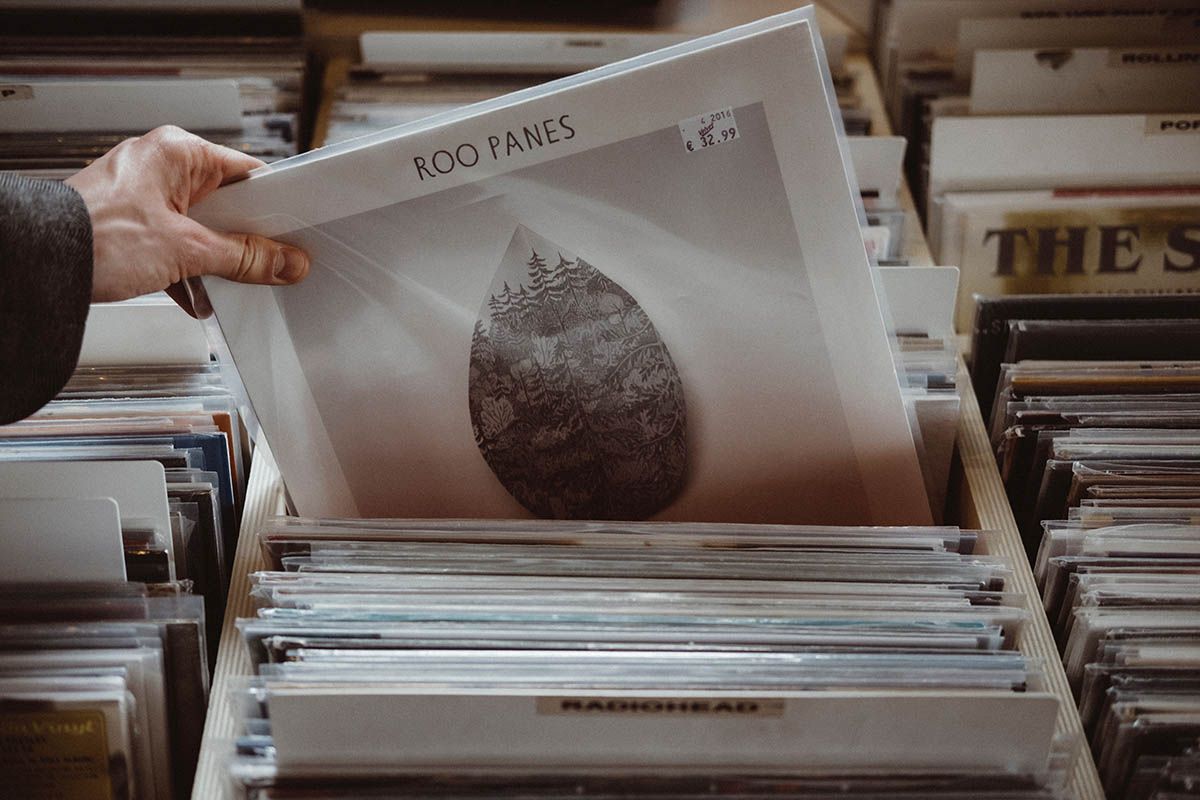
In 1985, the Scottish singer's suggestive 'Sugar Walls,' written by Prince, topped the Dance Club Songs chart and helped spawn the Parental Advisory labeling system.
"It was such a great groove, even in the demo," says Sheena Easton of her double-entendre-laden hit "Sugar Walls." The Scottish singer says she didn't "think about image" when recording the sultry drum- and keyboard-driven cut, which was written by Prince. "I was just focused on the music."
With lyrics that included
@MusicNews
With lyrics that included "come spend the night inside my sugar walls," the song, released in 1984, was a far cry from Easton's comparably innocent 1981 debut, the Billboard Hot 100 No. 1 "Morning Train (Nine to Five)." But audiences didn't mind her stylistic shift: "Sugar Walls" became her sixth top 10 Hot 100 hit and her first No. 1 on the Dance Club Songs chart on Feb. 23, 1985.
A few months later, the song drew attention for a different reason when it came under fire from the Parents Music Resource Center, a group co-founded by Tipper Gore, the wife of future Vice President Al Gore.
The PMRC charged that pop music had become "pornographic" and proposed obscenity guidelines for recordings. In the wake of congressional hearings (featuring testimony from Frank Zappa and John Denver), the RIAA agreed to a parental-advisory sticker system that continues today.
"My feelings were then, and remain now, that every parent has the right to filter the content that their children are exposed to," says Easton, a mother of two adopted children (both grown).
"If (parents) felt that 'Sugar Walls' was inappropriate for their kids to listen to, they were well within their rights to make that clear. Adults, on the other hand, are free to choose what they want. It did not offend me that some people didn't want their kids listening to 'Sugar Walls' at all. I believe the track found its intended audience."





